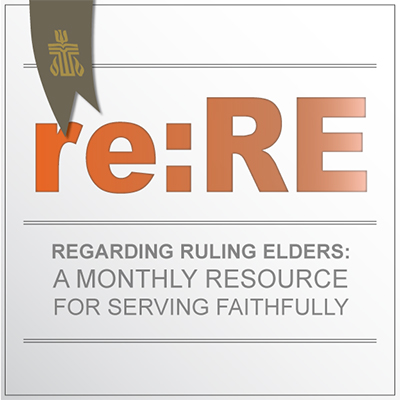While many churches begin their program year in September and the liturgical calendar begins with Advent, most congregations follow the calendar year for the installations and ordinations that mark a time of reconfigured boards and committees. For some, this includes leadership retreats at which time goals, objectives, vision, and priorities are set for the coming year. It is hoped that these visioning exercises influence final adoption of budgets and precede the setting of the calendar for special ministry events and celebrations.
Congregational statistical information can be found at church-trends.pcusa.org. Some presbyteries also subscribe to the demographic resources of MissionInsite and similar organizations.
It is good to take stock of the congregation in the present moment; what gifts, passions, and skills they bring as assets for ministry. It is wise to consider emerging needs and opportunities for service beyond the church walls as well as within the congregation. Consider current neighborhood and community needs and congregational statistics within the context of multiyear trends. This kind of annual taking stock contributes to congregational vitality and can avoid being caught in a cycle of simply repeating what has been done in the past by merely shifting calendar dates.
As a former mid council leader who worked with dozens of congregations as they sought to discern vision and the shape of the ministry to which God was calling them, I have been involved in a process that has been both data driven and influenced by appreciative inquiry—gaining a better understanding of congregational values and appreciations as well as demographic and statistical analysis. As a clearer picture of current congregational identity and context emerged, we also looked at indicators of resilience and capacity to change. Finally, we tackled two big, interlocking questions: What was the unique story this congregation wished for their ministry to tell and what was needed to make that emerging story a reality with strong roots and growth potential.
While it might be easy for such a process to be subverted to reflect the loudest voice in the room, personal treasured memories, or current cultural trends, the Book of Order description of the calling of the church in F-1.03 can be a helpful corrective. It issues a call to church to be the body of Christ and to be a community of faith, hope, love, and witness and offers a compelling invitation to all that includes. When we are equipped, we are freed of a need to continue programs that are no longer lifegiving in their current form and consider ways to either tweak them to better carry out their intended goals or honor their past contributions and let them go with certainty that God is still alive and at work in the new ministries that rise up to take their place.
May this new year bring new clarity and energy to ministry!
Questions for Discussion
When evaluating congregational programs and initiatives, ask these key questions:
- How is this a worthy activity for the body of Christ?
- How does this contribute to the building of a community within the church and world that nurtures faith, hope, love, and/or justice?
Mary Marcotte is a certified Christian educator and ruling elder who served congregations in Texas and Northern Virginia before serving for thirteen years as associate general presbyter in the Presbytery of New Covenant. She is now retired and lives in Dallas, Texas, where she is a member of Northridge Presbyterian. She remains active in educational ministry at local, regional, and national levels and especially enjoys teaching and leading retreats.
It is good to take stock of the congregation in the present moment; what gifts, passions, and skills they bring as assets for ministry. It is wise to consider emerging needs and opportunities for service beyond the church walls as well as within the congregation. Consider current neighborhood and community needs and congregational statistics within the context of multiyear trends. This kind of annual taking stock contributes to congregational vitality and can avoid being caught in a cycle of simply repeating what has been done in the past by merely shifting calendar dates.

